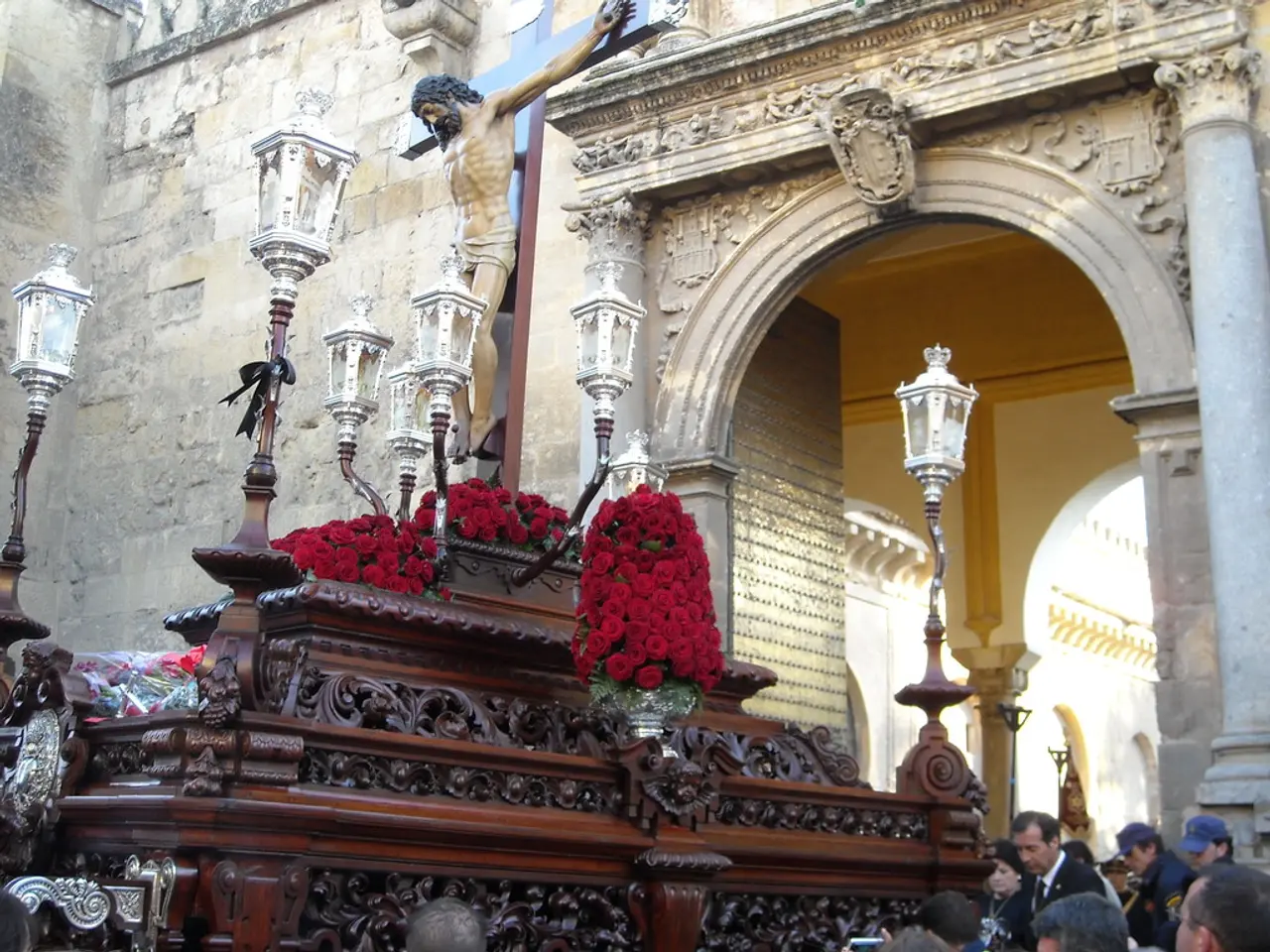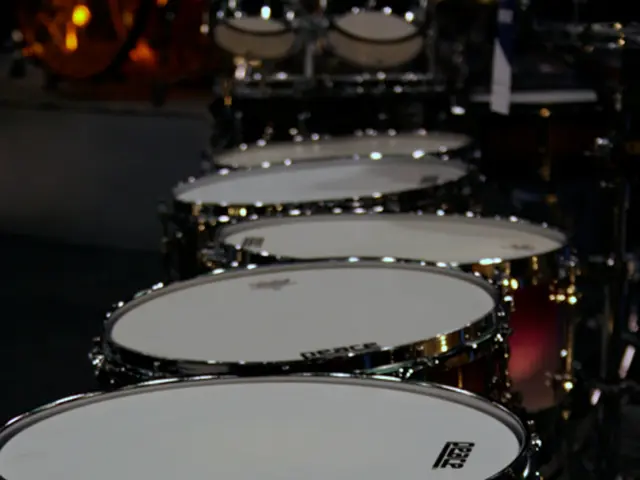Lasting for all eternity: a grand declaration
The Bolshoi Theatre, a symbol of Russian culture and art, owes its existence to Alexander II, who had it reconstructed to mark his coronation. After a devastating fire in 1853 that destroyed the interior of the theatre, architect Albert Cavos restored the building and significantly increased its height.
In the years that followed, the Bolshoi Theatre served as the main stage for state performances. It was during this time that the theatre underwent several transformations, with the 1930s seeing a return of ideological imperial grandeur on its stage.
Fast forward to 1941, when the Bolshoi Theatre was camouflaged, and its troupe was evacuated. Despite a bomb hitting the building, it survived the war intact. In the 1960s, ballet dancers at the Bolshoi Theatre spent their time knitting while waiting for their turn to perform.
One of the most significant moments in the Bolshoi's history came in 2004, when Alexei Ratmansky's ballet "Bright Stream" opened a new, smiling face of the theatre. This was followed by Dmitry Chernyakov's production of "Eugene Onegin" in 2006, a theatrical breakthrough that had a deafening impact.
The theatre's historic stage underwent a five-year reconstruction from 2005 to 2011, with new foundations being laid under the old walls. After the reconstruction, the historic decor of the auditorium regained its original luster.
The Bolshoi Theatre's fate has always been of great interest to high officials. A photograph from 2003 shows Vladimir Putin visiting the theatre, demonstrating this continued interest.
Notable ballerinas such as Olga Lepeshinskaya and Maya Plisetskaya have left indelible marks on the theatre's history. Lepeshinskaya, known as Stalin's favourite ballerina, was affectionately called "grasshopper" by the Soviet leader. Plisetskaya, on the other hand, advocated for the invitation of Yuri Grigorovich to the Bolshoi and danced in all his ballets in the 1960s.
After retiring, Lepeshinskaya became Ekaterina Maximova's coach and showed maternal tenderness towards her. Galina Ulanova, another legendary ballerina, was not forgotten during this period. However, no specific photographs were provided for these last few facts.
In 1925, the Bolshoi Theatre's age was counted from the time of its construction, and its 100th anniversary was celebrated solemnly. The Bolshoi Theatre, a testament to Russian art and history, continues to stand tall, bearing witness to the country's rich cultural heritage.
Read also:
- Peptide YY (PYY): Exploring its Role in Appetite Suppression, Intestinal Health, and Cognitive Links
- Toddler Health: Rotavirus Signs, Origins, and Potential Complications
- Digestive issues and heart discomfort: Root causes and associated health conditions
- House Infernos: Deadly Hazards Surpassing the Flames








